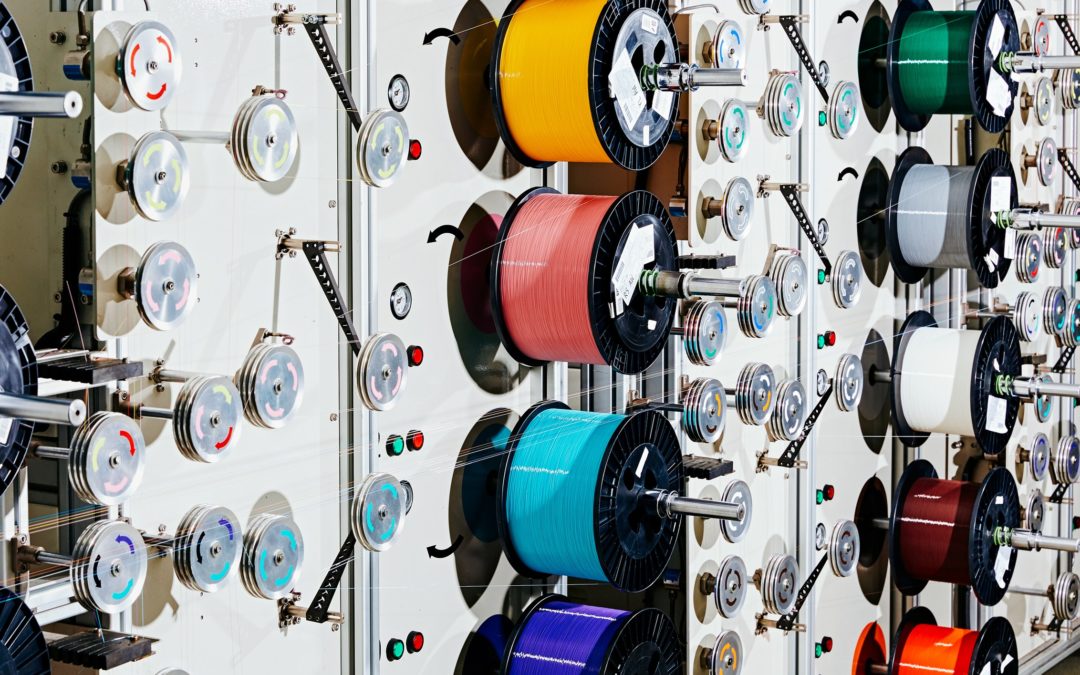The next generation of wireless tech, 5G, promises a frictionless future: We’ll be able to do whatever we do on our phones much, much faster, and more devices can come online without slowing down the works. Self-driving cars, smart meters that track electricity usage, and health-monitoring devices may all take a big leap from childhood to adolescence.
5G will happen in the airy realm of radio waves. To get there, big telecoms have to harness underused parts of the spectrum. But there’s another crucial part underlying this system: lowly cable. Huge numbers of new transmitters will be needed to relay all that data to your phone, and many of those transmitters will still connect to the internet through fiber-optic cable—glass as thin as strands of hair carrying pulses of light.
To make it all work, companies, including OFS Optics, a fiber-optics and cable company, are now being commissioned to produce millions of miles of new cable holding twice as many fiber pairs—two strands, one for the uplink and one for the downlink—as the old stuff.

